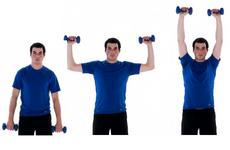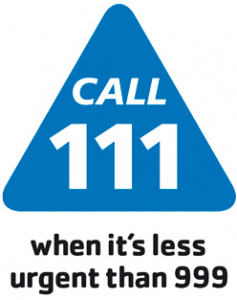A new sprain or strain or an overuse injury can usually be managed at home and should start to improve within a few days. For other shoulder, elbow, wrist and hand problems including longer-term pain, self–management at home using the advice and exercises below will usually help the problem to settle. This advice aims to reduce your symptoms and help the healing process.
Pain relief such as paracetamol or anti-inflammatory pain medication can help to control your pain so that you can keep moving normally.
Heat is a simple and safe way to relieve pain if your pain is more than a few days old.
Apply a heat pack, wheat bag or small hot water bottle to the painful area. Always wrap the hot water bottle in a towel first to reduce the risk of burns. You can keep the heat pack applied for as long as it is comfortable; just make sure to check your skin regularly. You can buy heat gels to apply to the skin. These have the same effects as applying a hot or cold pack but are more portable when you are out and about.
Splints and supports are not necessary for most types of hand and arm pain. However some people find splints useful to ease wrist and hand pain while they recover. You can buy standard splints for wrists and hands in many pharmacies or online. They come in different sizes and designs. If you do decide to wear a splint it is important that you do not wear it all the time. Make sure to remove it regularly to do some stretches and exercises with your hand and wrist.
Adjust your activities for a while. Often simply reducing the activity which caused the problem or stopping it temporarily can greatly improve your pain. You should aim to gradually re-introduce this activity and build it back up over time.
Movement is an important part of recovery. It is ok to rest from activities which you find painful at first but you should still try to use your hand and arm as much as you can. Keeping it moving with simple exercises will help ease the pain and swelling and prevent the joints from stiffening up. Avoid doing anything too strenuous or heavy for the first few days and do not continue doing any activity which makes your pain a lot worse for a long time after you have stopped the activity.
Once the pain begins to settle you can begin strengthening your hand and arm and start to get back to your normal activities.
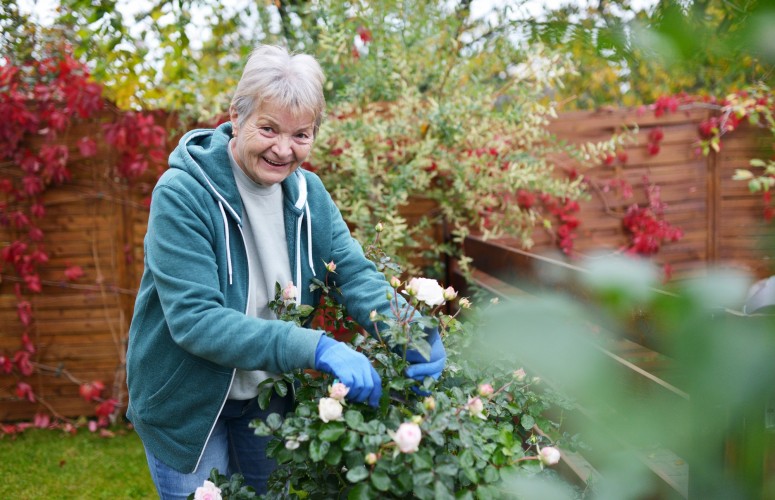
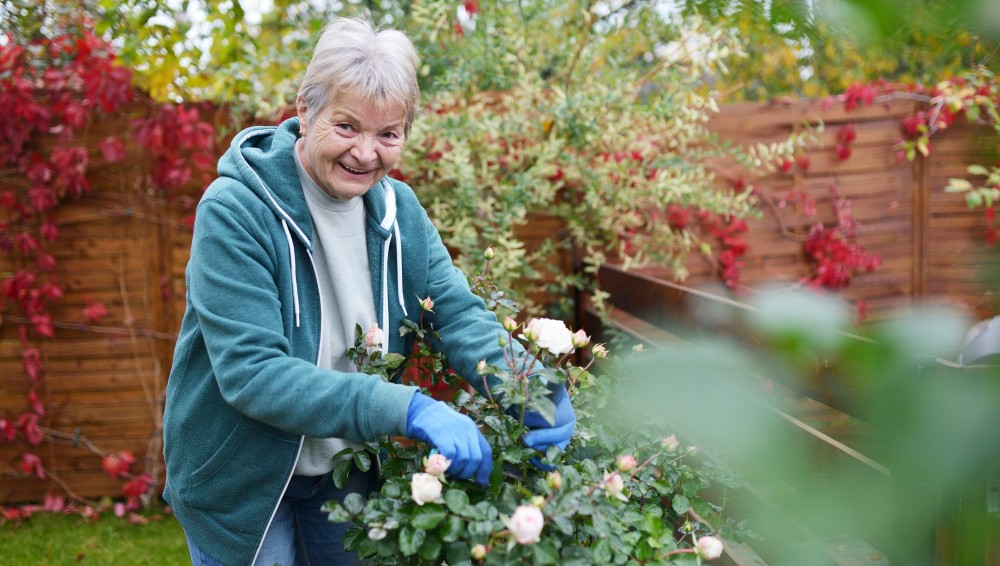
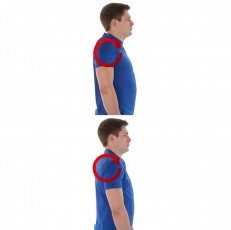 Shoulder rolls
Shoulder rolls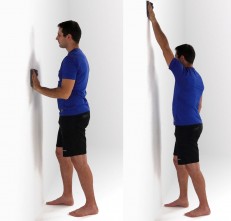 Arm raise on wall
Arm raise on wall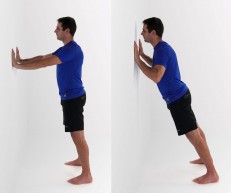 Wall push-ups
Wall push-ups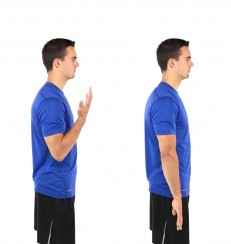 Elbow curls
Elbow curls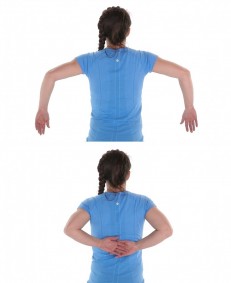 Back scratching for mobility
Back scratching for mobility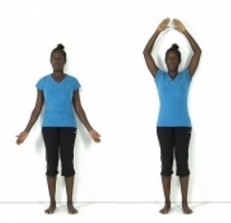 Shoulder overhead raises
Shoulder overhead raises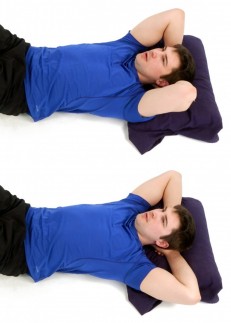 Shoulder butterfly
Shoulder butterfly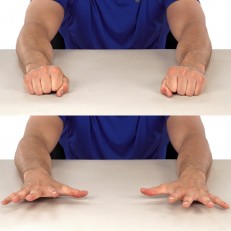 Finger mobility – hand pump
Finger mobility – hand pump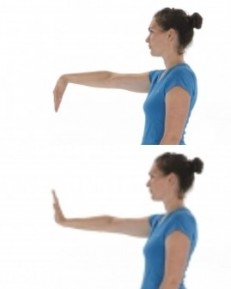 Wrist mobility
Wrist mobility